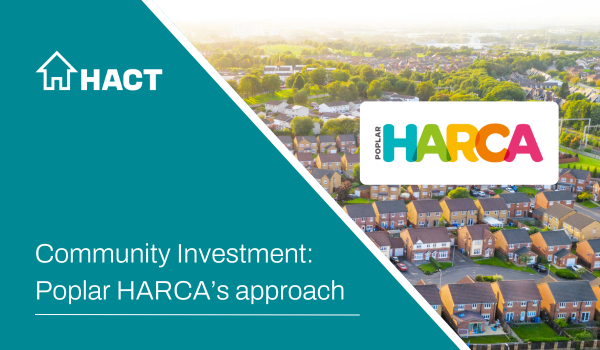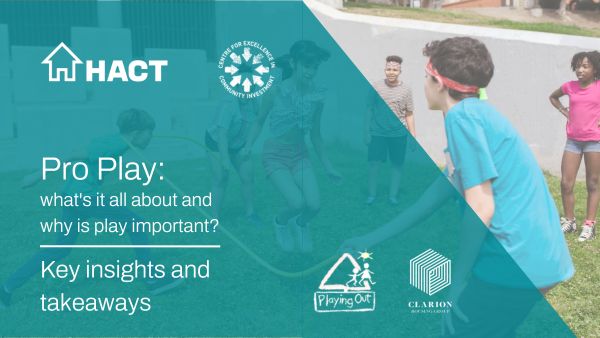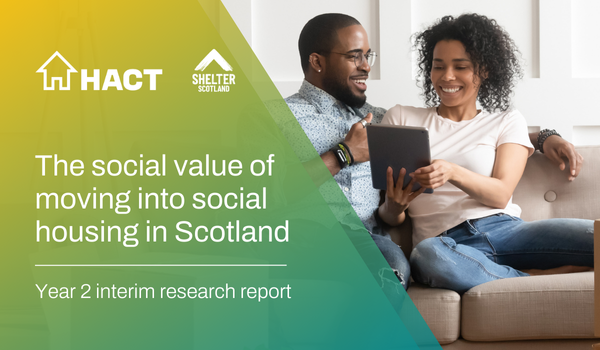If you have a question, query or idea, we’d love to hear from you.
In this blog, Jo Oliveira from Unboxed expands on resident-centred research.
Through identifying and validating the needs of residents, whether it’s raising a repair to their property or managing rent arrears, services need to be designed around the needs of the people using them, as well as the internal teams delivering them, ensuring that each person can seamlessly reach their goal through experiences that work for them.
Across a number of practical workshops (including a deep dive session at our Social Housing: Connecting our Business and Social Objectives with Technology event) and supporting guides (including a user research guide for teams new to user-centred design), we have been embedding not only the principles behind this way of working, but the practices for engaging residents and beginning to identity their needs through primary user research, with examples including:
- Contextual user interviews to gather qualitative resident insights
- User journey mapping to identify existing end-to-end service experiences, highlighting pain points and opportunities
- Process shadowing to understand how other elements (e.g. existing ways of working) can impact service delivery
These are just some methods of resident-centred primary research that make up the first steps of beginning to understand and identify needs across different services.
The future of service delivery in a post COVID-19 landscape
The current pandemic has raised additional, newer challenges for how housing associations can efficiently deliver their services to residents, with increased remote working and social distancing measures having an impact on day-to-day delivery.
This may have created a more-complex environment to be working in, but it has also opened up a wide potential range of opportunities for evolving relationships with residents, based on trust and proactive support. Evidence of how these relationships are evolving can be seen in this recent impact assessment across 41 social housing organisations.
To address the emerging needs of the current climate, our approach to this work has changed direction slightly and we now want to understand where we can identify the biggest opportunities for housing associations to improve services across a phased recovery.
Where are the biggest opportunities?
Across the last few months, we’ve been gathering insights through direct conversations with housing associations, pulling other research streams (including from HouseMark and PlaceShapers) into our wider understanding of the current climate. By bringing together the biggest opportunities you have identified we’re able to begin prioritising and exploring further to validate with residents through primary research.
One of the top areas of impact is repairs and maintenance, with lockdown intensifying the need to find better ways to prioritise and manage processes. As well as keeping people safe, there’s a desire to maintain and improve homes in a way that supports health and wellbeing and empowers residents to have more control.
Other areas highlighted as opportunities are affordable furniture provision, a sustainable long-term approach to welfare call processes, and closer partnerships to share and act on learnings and insights uncovered.
What’s next?
We’re bringing together housing associations and local authorities who are interested in creating improvements for repairs and maintenance services, starting by validating opportunities, and progressing to start making prototypes to resolve the identified problems.




